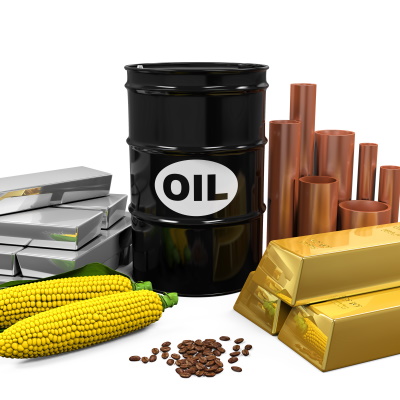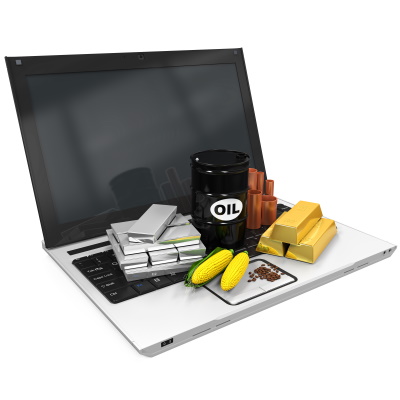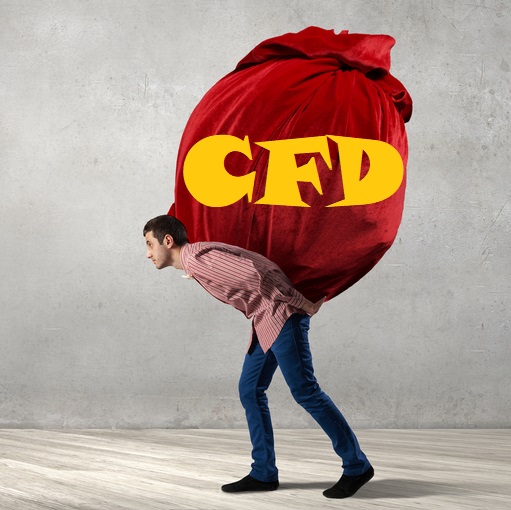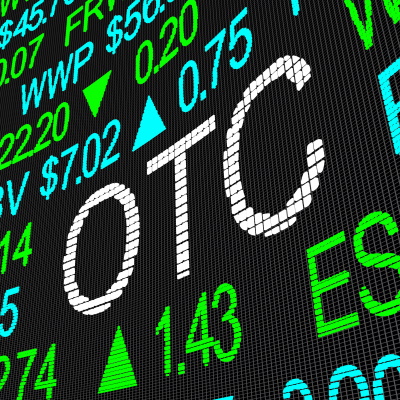How to Trade Commodities – A Brief Guide
Trading commodities is extremely popular. Queensway will introduce you to this lucrative market and guide you on getting started as a commodity trader.

Commodity Trading
In commodity trading, traders buy and sell “hard” and “soft” commodities. Hard commodities include crude oil, gold, and silver, while soft commodities include coffee, sugar, and corn.
There are many commodities that fall into either category, such as silicon chips. It is also wise to remember that new commodities are constantly being introduced to the market.
Although the two categories are imperfect, they are the ones that are most often used by traders.
Commodity trading is highly popular among traders, for it offers significant leverage and a high rate of return on an investment.
Commodities are traded on exchanges like the New York Mercantile Exchange (NYMEX), the London Metal Exchange, and the Chicago Mercantile Exchange.

Trading Commodities for Beginners
Although we won’t be able to cover all aspects of commodity trading in this one article, here are a few quick guidelines.
1. Know how the market works
The best way to ensure success as a commodities broker or trader is to learn about the market and trading strategies. To this end, there is plenty of information on the web.
2. Evaluate your available resources
Before getting started as a commodity trader, make sure to evaluate your available resources and determine how much you can risk without compromising your standard of living.
3. Evaluate your personality.
Are you comfortable trading in a high-risk environment? Ask yourself this question before you set up your first trade; you are likely to incur losses before making your first profits. If you prefer low-risk trading, consider trading other assets.
4. Choose a commodity trading strategy
There are many research strategies to choose for commodity trading, two of the most popular of which are technical and fundamental analysis.
Traders who use technical analysis use charts to predict future price movements, such as line, candlestick, and bar charts. Conversely, traders who use fundamental analysis rely more on news developments to predict the future price of a commodity.
5. Practice trading on a demo account
After educating yourself about commodities and how they are traded, open a demo account and practice risk-free. Most of the better commodity brokers offer this service for free, and it is something you should take advantage of before opening a real account.
Once you do open a real account, consult with other traders, and if the brokerage offers it, you can have a commodity trading advisor for feedback on your strategies and results.
How Trading Commodities Started
As mentioned earlier in the article, commodities are basically anything that changes hands between people, countries or companies. Although traders these days will mostly trade within the commodities markets, this has not always been the case.
In ancient civilizations, the most significant commodities were spices and materials that were used for a wide array of purposes. It was a rule of thumb that countries or regions overall status was directly linked to their ability to control and manage massive operations in terms of how much trading they were doing.
The level of complexity in their trading systems was proof that they were a powerful entity and the ability to facilitate the exchange of commodities in a timely manner indicated that even more so.
Commodities trading is an extremely important way to diversify a portfolio that goes far beyond traditional securities. It has many functions, but undoubtedly the most important is to provide security for funds during times of uncertainty in a particular market. A trader can keep funds relatively safe and protected in the long term by providing a place to leave them untouched when the market is in a volatile state.
The commodities market is based on the simple economic principle of supply and demand. This, as with all markets, is what drives all markets. During a time of low supply, there will undoubtedly be an increase in demand due to the fact that fewer people or companies are able to obtain that specific commodity; this, in turn, will dictate an increase in price which the seller will always appreciate.
This is exactly why the market is often hit by what is known as artificial scarcity.
Sellers will use this as a technique to drive the prices of their goods up. When the demand is high, it will mean that the prices of those particular commodities are likely to decrease, as there is an abundance within the market. This is always favourable for the buyer.
The Main Types of Commodities Investors Focus On
There are four main categories that trading commodities fall into these days:
Precious metals are highly sought after due to the fact that they almost always retain a high value due to their rarity. It is always a great idea to invest in precious metals as they are reliable and hold conveyable value.
Energy involves markets such as crude oil, gasoline, natural gas, and heating oil that are all used in the production of some form of energy. The energy market has blossomed over recent years and shows no sign of stopping as energy production methods diversify.
Livestock and meat are yet another market that has seen incredible growth. This can be linked to the increase in the global population.
Agricultural commodities include corn, beans, soya, coffee, sugar, and cotton.
In addition, commodities can also be classified as either hard (that are extracted from the earth) and soft (that are manufactured or grown).
These markets should be the focus of any budding commodities broker, commodity trading advisor, or trader. It is essential to keep your finger on the pulse as the markets fluctuate with enormous regularity.






